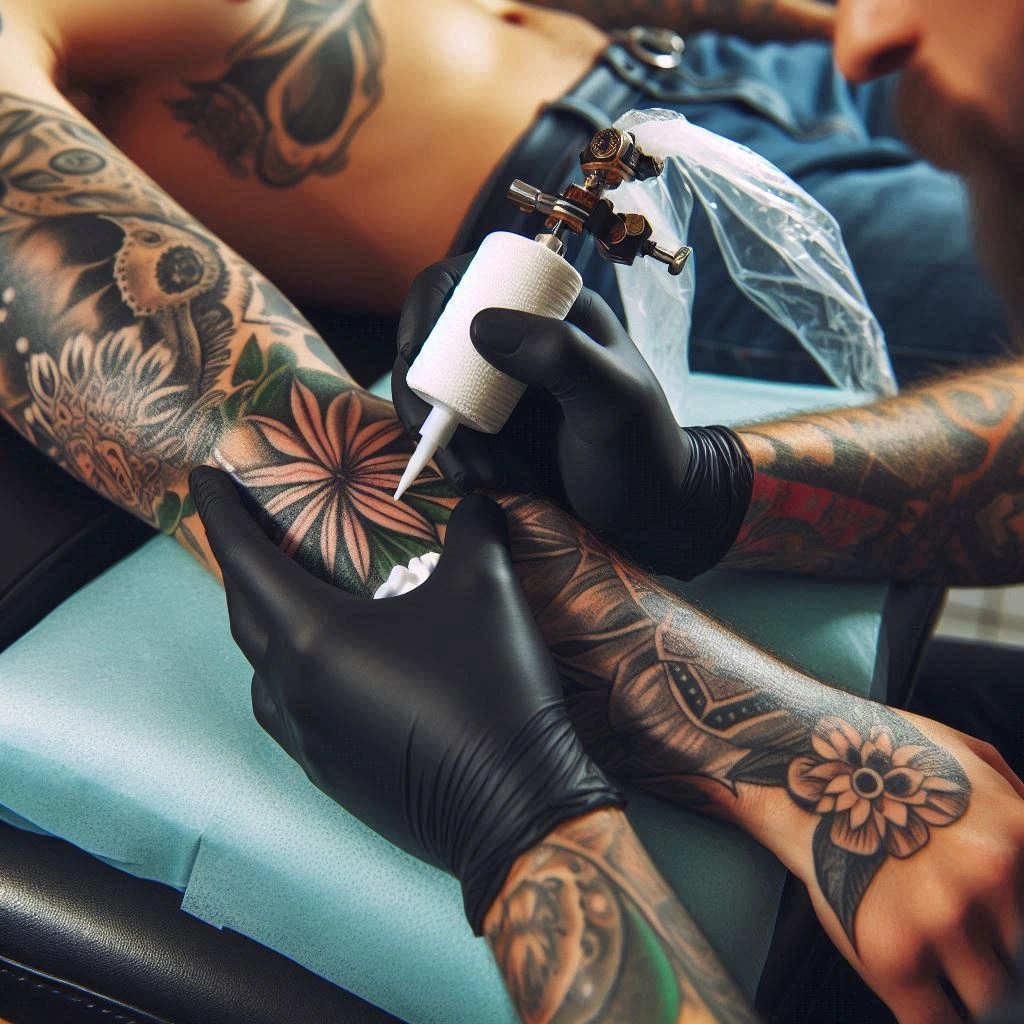Tattooing is a deeply personal experience — one that’s exciting, meaningful, and yes, often painful. While many clients expect discomfort, it’s no secret that pain can be a barrier for first-timers and even seasoned tattoo lovers. So here’s the real question: Shouldn’t studios do everything they can to make the process more comfortable? Offering numbing cream is one simple step that can build trust, boost customer satisfaction, and modernize your tattoo studio experience.
How does tattoo pain influence the client experience?
Does pain induce hesitation or fear among new clients?

Yes — one of the main reasons that individuals shy away from tattoos is pain. Lots of prospective customers enter studios with both anticipation and anxiety. Needles on the skin is the first thing to do, naturally enough, but also for the nervous or newbie customer, for someone getting work in sensitive places. Providing numbing cream is indicative that your shop is invested in the complete customer experience — not merely the design.
Does pain influence the quality of the tattoo?
Yes. If a client is in pain, they might squirm, stiffen up, or even ask to take breaks. This interrupts the artist’s rhythm and can also affect accuracy. A numbed spot eliminates involuntary movement, providing the artist with a more stable canvas to work on — particularly for lengthy or intricate sessions.
What is numbing cream, and how does it function?
How exactly does numbing cream mitigate pain?
Numbing creams are local anesthetics that stop nerve impulses in the skin, which makes it feel less pain. Most tattoo creams use lidocaine, which will temporarily numb the upper layers of the skin. Used correctly (generally 30-60 minutes prior to tattooing), it makes the client’s experience more relaxed and tolerable.
Which parts of the body do numbing cream benefit most?
Although pain tolerance is different for every person, there are areas that are sensitive to everyone, including:
- Ribs
- Spine
- Inner biceps
- Ankles
- Neck
Applying numbing cream in these areas will make a huge difference in how comfortable the session is for the client.
Why won’t most studios provide numbing cream?
Are there any myths or misconceptions surrounding numbing cream?
Yes, some artists think that numbing cream might:
- Influence ink absorption
- Alter skin texture during the session
- Make the tattooing process “less authentic
Yet, with correct usage and the proper product, such issues are outdated or readily solved. Current tattoo-specific creams have been designed to coexist with ink and skin without interference.
Are there legal or safety issues?
As with any product applied to the skin, safety is paramount. Shops need to guarantee that the creams they use:
- Are approved for topical application
- Are used in correct dosages
- Are from reputable manufacturers
Utilizing proven products, including those recommended by websites like Beauty Face UK, ensures safety and professionalism.
How may numbing cream enhance the tattoo experience?
Will it bring in more clients?
Absolutely. A studio that is focused on comfort and care will appeal to more clients. Some love tattoos but are afraid of the pain — providing a pain-reduction product may be the clincher for them to make an appointment.
Does it assist with longer sessions?
Yes — long tattooing sessions can be physically and mentally draining. Numbing creams can cut down on fatigue, both client and artist, particularly with sleeves, back pieces, or multi-hour works.
Will it make repeat business likely?
When clients have a good first experience, they’ll come back — and bring a friend or two. A studio that makes the effort to make clients comfortable and safe develops deep loyalty.
How do studios use numbing cream safely?
Should clients have it applied by the studio or do it themselves?
In an ideal world, studios would provide a professional application. This way, the cream is:
- Applied at the right moment
- Used in the correct amount
- Clean and sterile
Some clients might prefer to use their own, but studio-supplied creams are consistent and safe.
What are some best practices for studio use?
- Use gloves when applying
- Adhere to timing guidelines carefully
- Request allergy or sensitivity issues ahead of time
- Inform clients about what to expect
What do clients have to say about tattoo numbing cream?
Is the feedback typically positive?
Most clients who use numbing cream report a more relaxed, less stressful experience. While it may not block 100% of the pain, even partial relief can make a huge difference — especially for first-timers.
Here’s what clients often say:
- “It helped me sit still the whole session.”
- “I finally got a rib tattoo, and it wasn’t nearly as bad.”
- “It made me less anxious and more focused on the experience.”
What are the best numbing creams for tattoos?
What do I want a tattoo studio to have in a numbing cream?
When selecting a numbing cream, seek out products that are:- Formulated specifically for tattoos
- Include lidocaine (5% is typical)
- Have quick absorption rates
- Water-based and non-greasy
- Documented as tested on sensitive skin